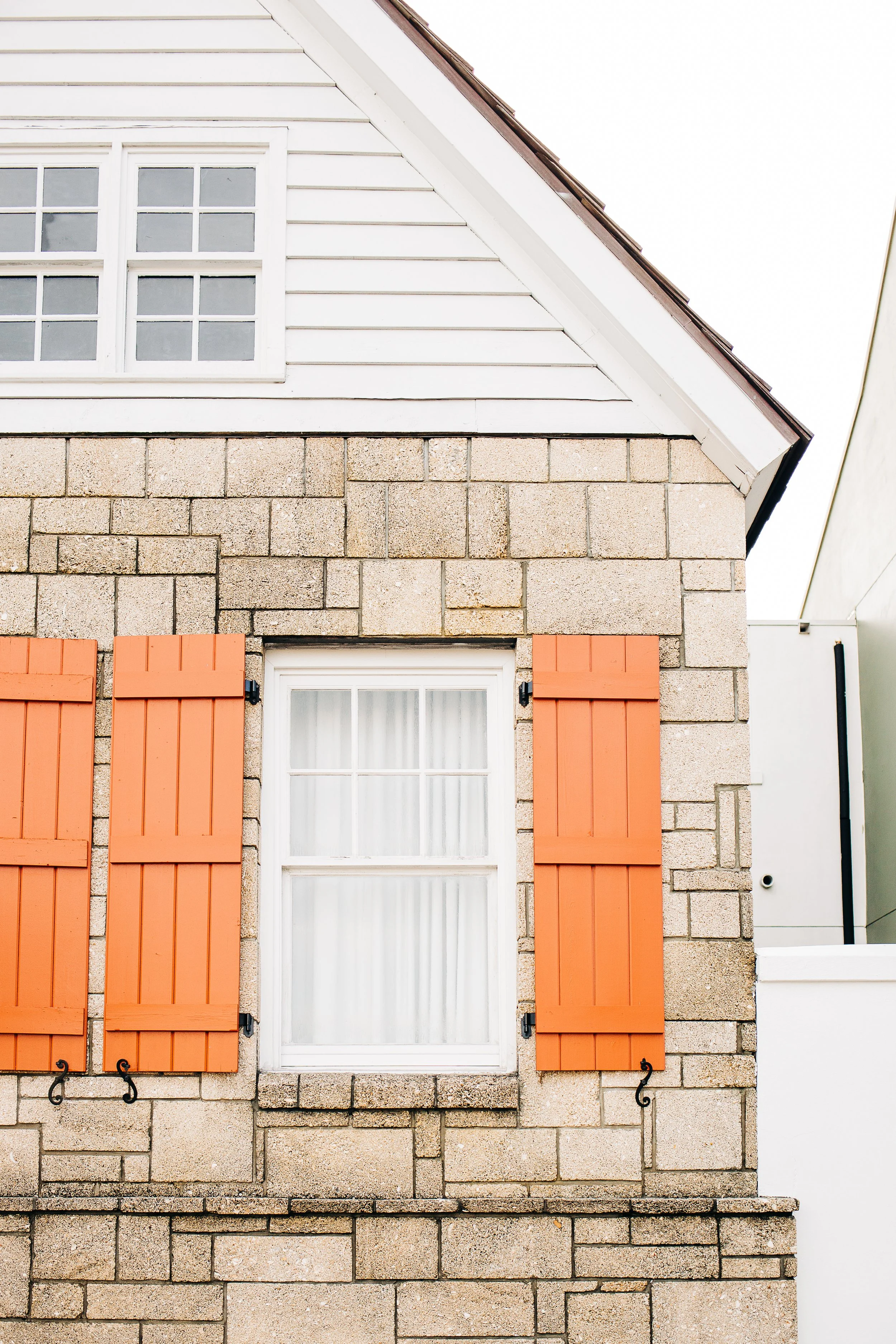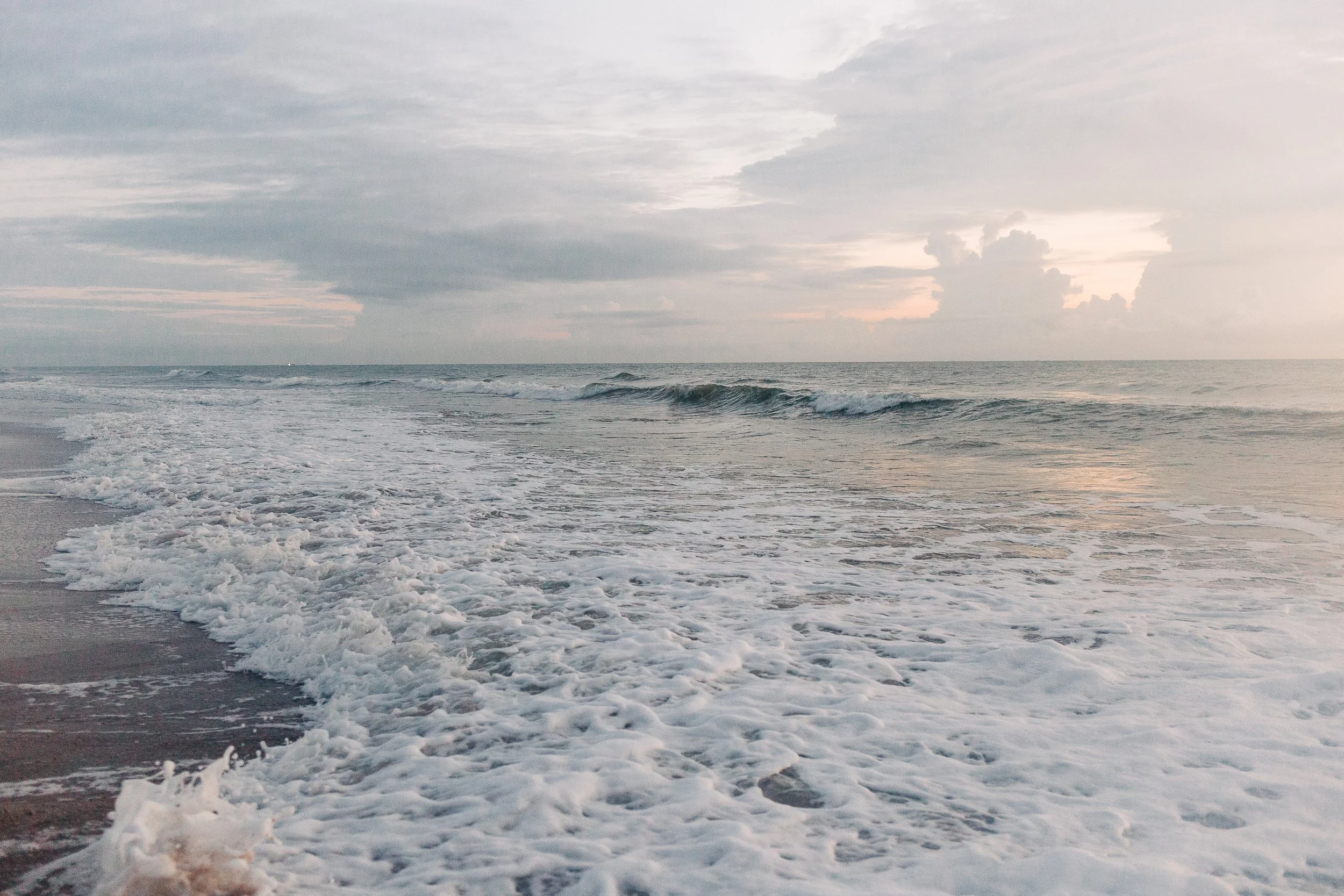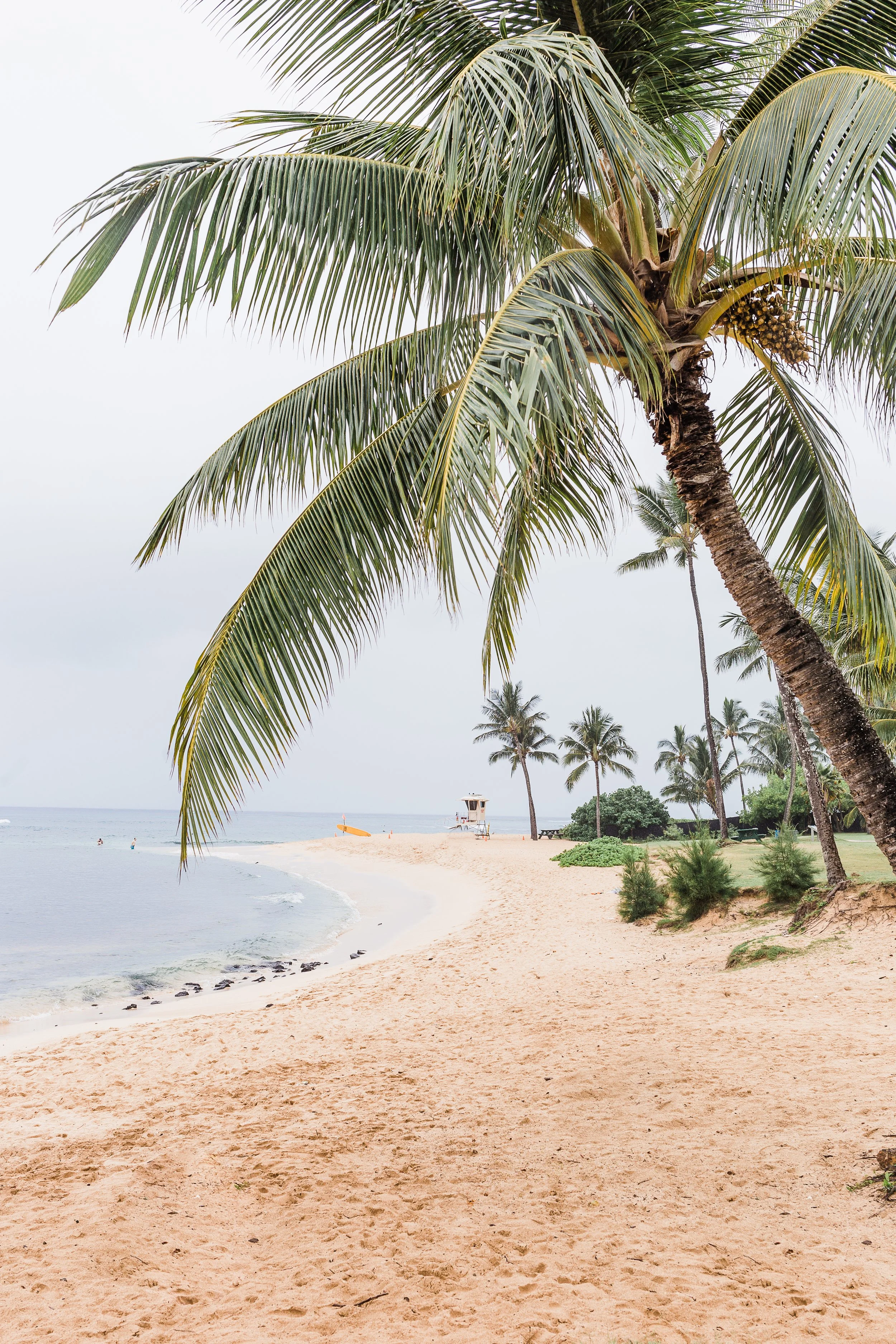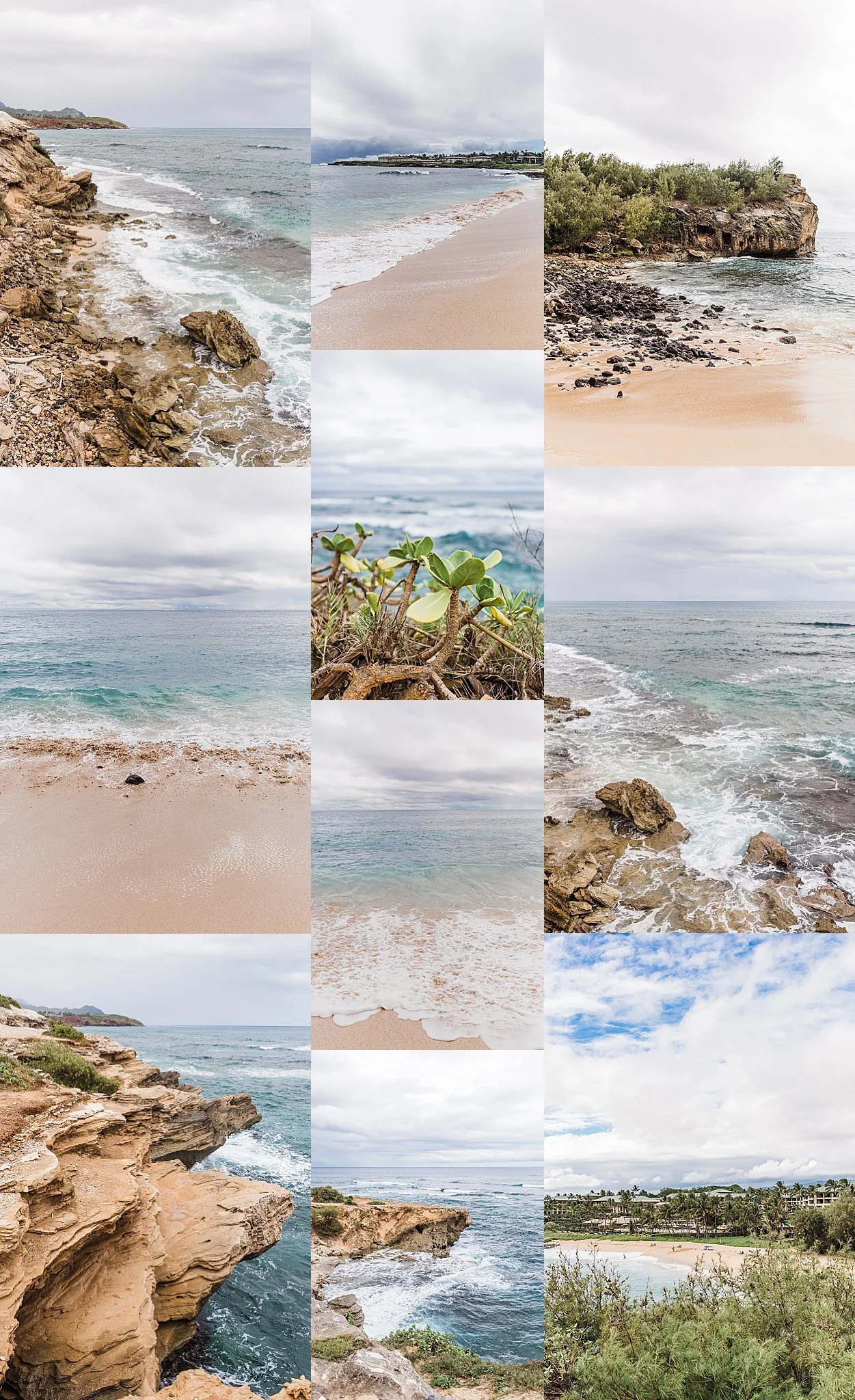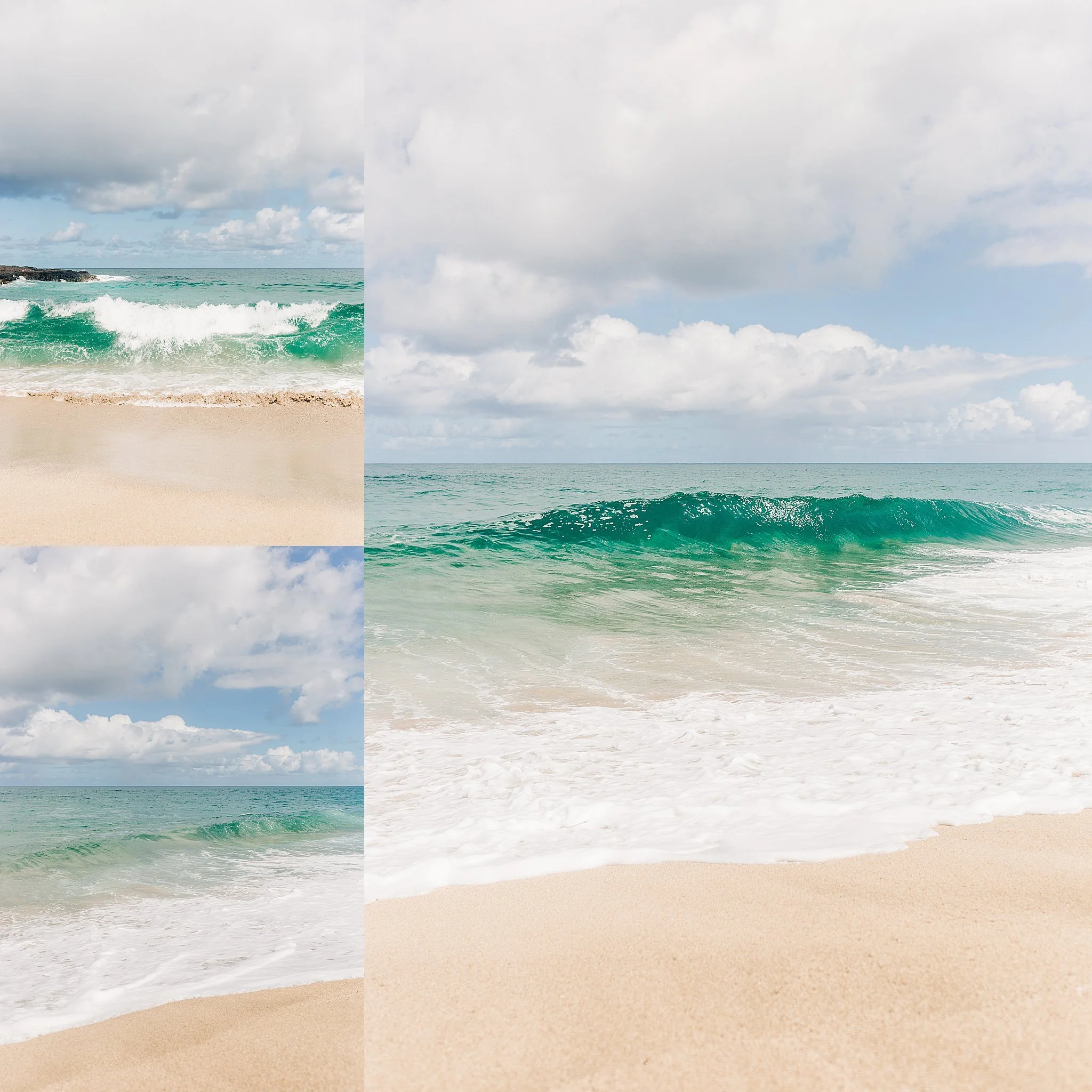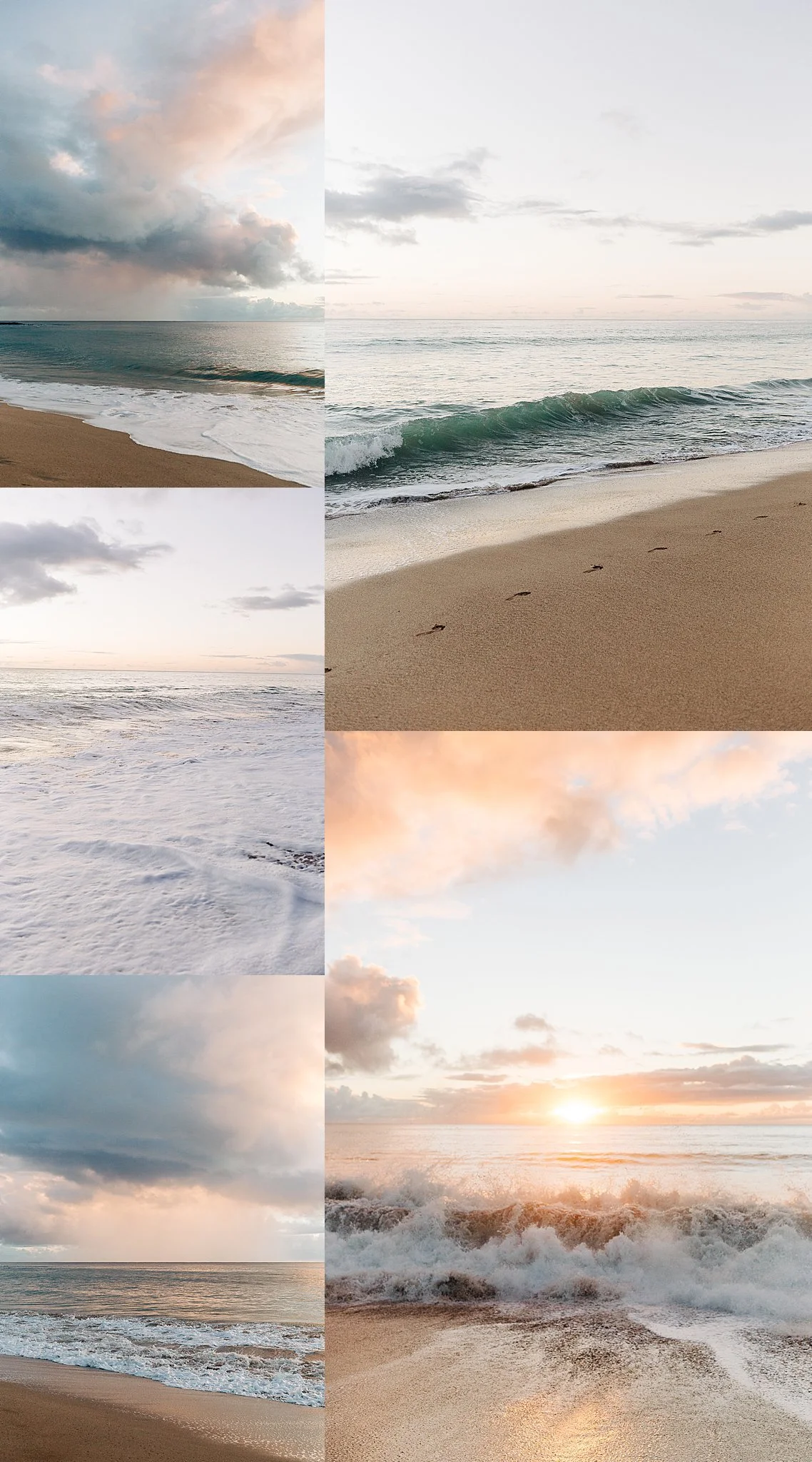St. Augustine, Florida
A City by the Sea
A quiet city, tucked away in the Matanzas Bay, with its cobblestone streets and Spanish-European charm, St. Augustine has been my home away from home for more than a decade.
Founded in 1565, St. Augustine is the oldest continuously occupied settlement of European and African-American origin in the United States. Forty-two years before the English colonized Jamestown and fifty-five years before the Pilgrims landed at Plymouth Rock, the Spanish established at St. Augustine this nation's first enduring settlement.
The Streets of Old Town
There is no shortage of activities in and around Saint Augustine.
From the shops at Old Town, to swanky restaurants, pizza parlors and ice cream shops, it’s one of my favorite cities in the world for a stroll. There is endless history here with museums and galleries to peruse and explore. You can catch a trolley tour to my favorite coffee shop, The Kookaburra, or rent a “scootcoupe” and buzz around the city.
The fun is endless and charm on every corner.
Where to Stay
Airbnb is the way to go in St. Augustine, however there are a few great hotels within walking distance of Old Town and several of the city’s beaches.
Our family has an Airbnb near World Golf Village, about a 20 minute drive from downtown St. Augustine.
Beaches
Your trip won’t be complete without a visit to one of St. Augustines beautiful beaches. Whether its a sunrise drive along Villano Beach (yes, you can drive your car right onto the sand!) or a long afternoon with a good book at Anastasia Beach, you won’t be disappointed in your options.
Among my favorites is Ocean Hammock Park with its mile long boardwalk to the expansive white sands of St. Augustine Beach.
A History Divided
I would be remise if I didn't take a moment here to acknowledge that the city I love and have called my second home for years now, was a city where a great atrocity was committed against African and Native American people.
For far too long, we have glossed over the true accounts of the origins of this country.
I am deeply committed to sharing truth and to helping break the cycle of whitewashing and sanitizing our country’s history.
“From 1513 onward, Spanish and French explorers and would-be colonizers had attempted to establish a permanent European settlement in “the lovely, deadly land of Florida”.
[The] European settlement of what would become the United States began Sept. 8, 1565, when Spanish Admiral Pedro Menendez de Avilés founded St. Augustine on the northeast Florida coast. He arrived with ships filled with soldiers, wives, children and Africans, who were mostly slaves.
For more than 500 years before the arrival of Menéndez, the Timucua people of the St. Augustine area had been living in much the same way as they were in 1565.
They were organized as chiefdoms (societies comprised of several allied communities with a hereditary central political authority), and were matrilineal (they traced their descent and inheritance through the female line).
They fished, hunted, and cultivated corn, beans and squash.
The principal chief of the St. Augustine region in 1565 was Seloy, and his town has been located archaeologically on the grounds of what is today the Fountain of Youth Park, about 1 mile north of the Castillo de San Marcos.
After eliminating the French Protestant presence and taking over their fort in September of 1565, Admiral Menéndez and Chief Seloy of the Florida Timucua Indians met one another at what is today St. Augustine. Menéndez and his group of some 800 colonists (including 26 women and an unknown number of African slaves) made their first settlement at Seloy’s town, and used Seloy’s council house as the first Spanish fort.
The colonists—most of whom were men—came equipped to establish a Spanish way of life, but quickly turned to their Timucua hosts for food, cooking pottery and wives. Relations between the Spaniards and the Timucua deteriorated quickly, and the Timucua began to make repeated attacks on the Spaniards to drive them away.
Just nine months after their arrival, the Spaniards decided to move their town across St. Augustine bay to Anastasia Island, where they felt safer from Indian attack. Although occupied for six years, no trace of that town site has yet been found.
Historical records document the presence of black slaves dating back to their arrival in what was known as Spanish Florida in 1565. They built military forts, hunted food, cut wood and later even created a settlement for freed blacks, Fort Mose.
Records show Spain’s King Philip II contracted with the admiral to take 500 slaves to establish sugar plantations in the new colony. It's unknown if the Africans were previously enslaved in Spain or exactly how many made it to the settlement. Records show there were 56 slaves in St. Augustine by 1602.
The king's dreams of thriving plantations took hundreds of years to materialize and the Spanish struggled for control of the city with the British throughout the 16th and 17th centuries. From 1672 to 1695, black slaves and Spanish mission workers were used to build the Castillo de San Marcos as a barrier for enemies. The military fort is now a tourist attraction in St. Augustine.
Eventually, the city became a safe haven for enslaved people fleeing their British owners in South Carolina and Georgia. In 1693, Spain's King Charles II issued a proclamation freeing slaves who escaped to St. Augustine if they joined the militia or converted to Catholicism.
For the next several decades, different nation flags would fly above the city, according to historical records. The Spanish sold it to the British in 1763 in exchange for Cuba, and later took it back before ceding all of Florida to the United States in 1819.
Many slave records — of marriages, baptisms and burials — typically kept in local churches were lost in the move to Cuba. Today, many are stored in the archives of the Catholic Diocese of St. Augustine. Slave burials also have shown up during excavations in St. Augustine. City archaeologists have said excavators documented 60 burial sites in the last four years. Many bodies were wrapped in shrouds fastened with straight pins.
Today, St. Augustine attracts some 3 million tourists a year who gravitate to the beaches and landmarks that span its 454-year history.
On any given day, trolley tours circle downtown. Families walk through the Castillo de San Marcos National Monument and the Fountain of Youth Archaeological Park. Some tourists visit Fort Mose Historic State Park — the nearby 40-acre site that honors the free black slave settlement and includes a museum and other activities.
The town maintains its historic charm, with narrow brick-paved streets and Spanish and English colonial-style buildings.
The "Slave Market" — an open air pavilion that sits in the Plaza de la Constitución park downtown is another attraction. It has been documented as a place where slaves were sold in the 19th century. Bernadette Reeves, a black historian and tour guide for Black Heritage Tours in St. Augustine, said slaves were dragged into the market — some locked to chains — whipped and sold.
Other historians, however, dismiss the idea slaves were sold at the pavilion. [They’ve] said the market sold food and clothes.
The pavilion is surrounded by vestiges of other more recent historic events, including the Andrew Young Crossing, depicted by several bronze footsteps that memorialize the 1964 attack of the civil rights leader by a white mob as he led a march through the city.
There also is a "St. Augustine Foot Soldiers" monument honoring other participants of the Civil Rights Movement, as well as a Confederate memorial remembering those from St. Augustine who died in the Civil War.
sources - Nicquel Terry Ellis, USA TODAY/The Florida Museum
Looking for more details like where to eat and what to see?
Kauai, Hawaii
Welcome to Paradise
This was my third Hawaiian Island visit but my first time visiting Kauai. While Maui is still my favorite island for a lot of reasons, Kauai really does hold its own. It’s definitely the island for adventureers.
Hawaii’s oldest and most northern island, it gets its nickname “Garden Island” for obvious reasons. Most of its waterfalls, rainforest and hiking trails are accessible only by sea or air.
We stayed in a beautiful Airbnb in Princeville, on the North shore, home to Kauai’s rugged mountains, tar fields and sea cliffs.
The Best Beaches
When I tell you, we stalked the entire perimeter of the island, we truly did. From beginning to end, Kauai’s main highway is peppered with some of the most beautiful beaches you’ve ever seen. Our favs were Poipu Beach (South shore) and Ke’e Beach (North shore)
Island of Adventure
Kauai Island is the place for adventure lovers, that is for sure. From hiking to kayaking, helicopter rides, surfing, snorkeling and more, you will never tire of things to do.
Our favorite excursion was a kayak along the Wailua River with a hike to Sacred Falls.
Looking for more details like where to eat and what to see?










